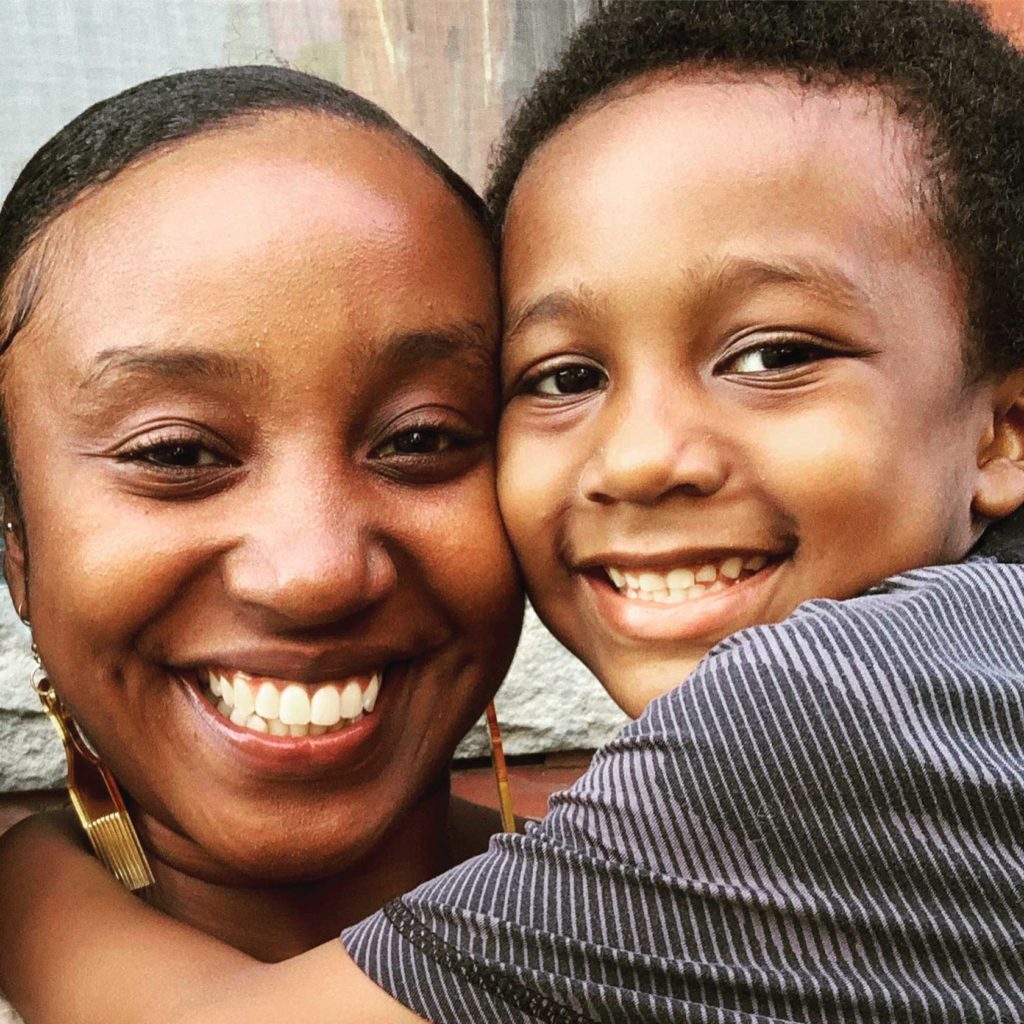
When kids suffer the pains of a sickle cell disease crisis, they often don’t go through it alone. Their mothers are right there with them even feeling the same pain in their own way.
JJ has been through a lot in his six years. His spleen has been removed due to a potentially life-threatening complication. He undergoes a yearly transcranial doppler ultrasound to screen for the risk of stroke. Every three months you find him in the doctor’s office for a check-up. His vaccinations are up to date. This past year he wound up in the hospital outpatient clinic because of a high fever. Temperatures exceeding 101 degrees require immediate attention, according to the Centers for Disease Control and Prevention.
Yet, if you ever saw JJ, you would never suspect that such a devastating disease lurks within. “You don’t see it,” explained Jalissa Smith, JJ’s mother. “It’s called a silent disease. You don’t physically look ill.”
Smith keeps an eye out for his triggers — cold, heat, over-exertion and dehydration. She has his routine down pat — meds in the morning, oatmeal and bananas for breakfast, then a heart-to-heart about his pain level. Pain during a SCD crisis can occur anywhere in the body. JJ’s tends to concentrate in his thighs. “It feels like a heavy steel gate or big rock,” he explains to his mother. “It feels like the gate is broken at the bottom,” which indicates stabbing pain.
The description gives Smith an idea of how much medication he needs. It’s mostly Tylenol or ibuprofen, but oxycodone when severe. Heat pads help dilate blood vessels and relax muscles.
A healthy diet is key. People with SCD typically require more than the minimum recommended dietary allowance to compensate for the rapid turnover of abnormal red blood cells. Fortunately, JJ is a pretty easy sell. He actually likes collard greens, string beans, salads and fruit. Processed foods are out as well as sugar-sweetened beverages. Even juice is diluted with water to reduce the sugar content.
His daily snack is a smoothie with beets, bananas and pomegranate juice, but her main go-to food is watermelon. It’s chock-full of vitamins and minerals, but it’s hydration she’s after. Watermelon is more than 90% water. If you ask Smith the most important nutrient each day, she responds with three words — water, water, water.
Smith is JJ’s advocate as well as his caregiver. She understands more than anyone how this disease affects her son. That knowledge is particularly important when examined by a doctor not familiar with JJ. “If I don’t know, it may be a worse outcome,” she explained. She recognizes that she is a partner in his care with JJ’s primary care provider and hematologist at Boston Children’s Hospital. As a team they work together to maintain and improve his quality of life.
Smith has had to put her personal ambitions on hold. Although educated with a background in human resources, because of absences to care for her son, it’s hard to keep a nine to five.
Still, she’s not complaining. “I take it day by day,” Smith said.







